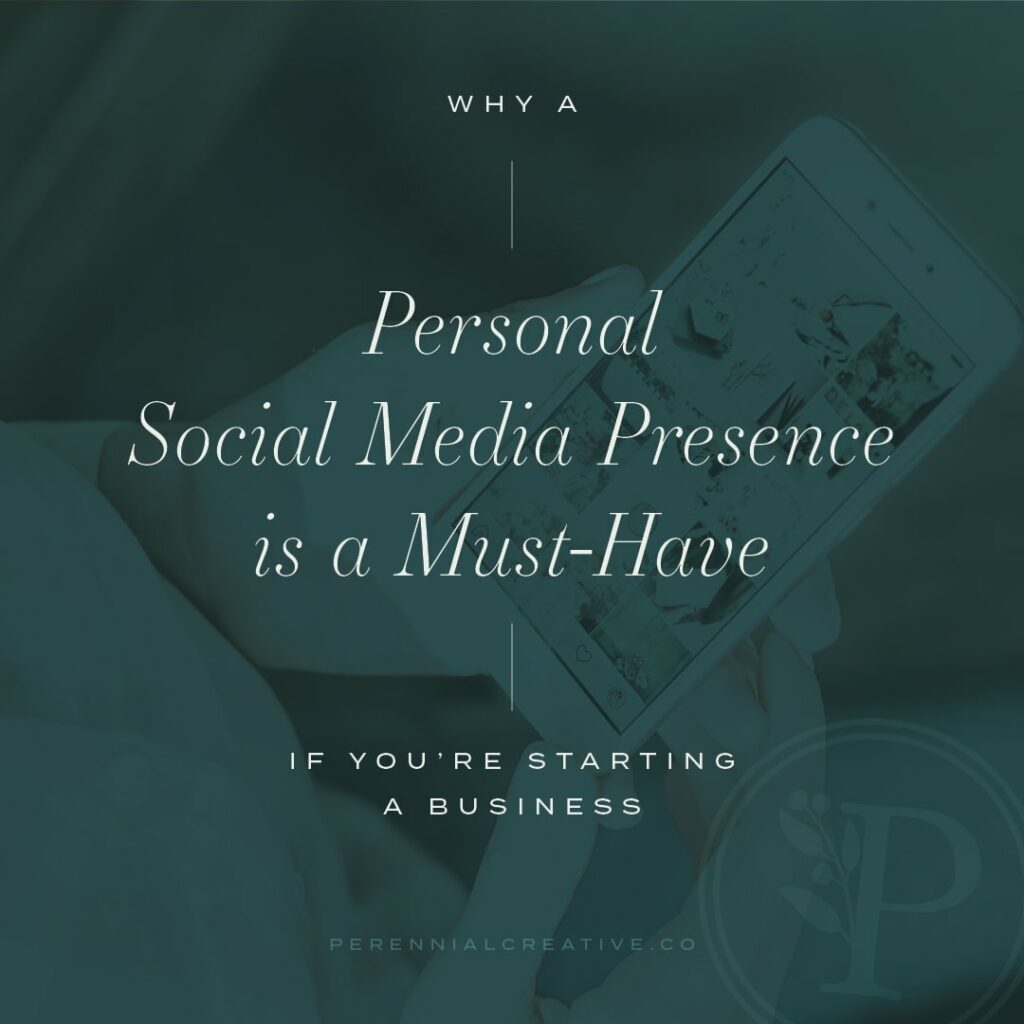5 Things to Consider When Choosing Your Brand Colors for Your Personal Brand or Service Business

We all know color matters in branding. The hues and shades in your logos and landing pages aren’t just there to look pretty. They are a reflection on the field you work in, how you do that work, and even you as the person doing it!
Just consider all the things color can express about your brand, and how those things come into play when choosing the hues for your branding needs.
As a personal brand or small business service provider, you have the unique ability to use colors that you love and avoid colors that you’re not crazy about. Here are five things to consider as you choose your brand colors:
1. Consider Your Industry
Different industries have different colors they traditionally use in branding: blue for finance, red for fast food, green for ”green” products, and so on.
It’s crucial to be aware of these standards when you’re choosing your brand colors, and not because you necessarily have to stick to them. Whether you choose to follow your industry’s color rules or buck them, you’ll be making a statement about your brand.
If your brand is rocking offbeat colors, for instance, it can emphasize the unique angle that you bring to your industry. If you’re sticking with tried and true tones, that could say something about your brand’s reliability and adherence to your field’s traditions.
Regardless of whether you’re stepping out or trying not to rock the boat, your brand colors can help tell the story!
Imagine you’re a financial planner with a fresh perspective on the industry, and you like the color orange. While going full-on orange for your brand might not be the best move, blue (the color of finance) might not reflect the unique angle your brand brings to the table, either.
Why not do both? When used tastefully, hints of orange can bring a lot of pep to a more traditional palette of blues, and that will help convey the special angle you bring to a line of work that your clients might otherwise find dry and dull.
2. Consider Your Personality
Your brand’s colors also convey a lot about your personality and the way you do things. As a small business owner or service provider, clients will be working closely with YOU and members of your team. And they want to know the kind of people they’ll be working with!
Let your personality shine through in your brand colors!
Are you a fun and energetic attorney providing personal estate services? Then maybe throwing some saturated pink in with your branding will let clients know the kind of interactions they can look forward to.
Or maybe you’re a wedding photographer whose clients love you because you’re super down to earth. By using more muted tones, you’ll immediately communicate to clients that you’re the kind of photographer who is going to be a calm and steadying presence for them in the bonkers bonanza that is a wedding day, as opposed to a photographer that may be more focused on energetic party shots.
3. Consider Your Tastes
This is one that may surprise you. Maybe you LOVE lemony yellow but are convinced a lemony yellow could never work for your serious accounting practice. I’m here to tell you it can!
Choose colors that you feel a connection to.
Your brand needs to be something that you love, that gets you out of bed in the morning. Promoting yourself regularly on social media takes a lot of work, so you need to be able to feel excited about the process.
It’s okay–and important!–to actually LIKE your brand colors and not choose them exclusively because they’re industry standard. If you’re bucking some trends and using a color just because you like it, maybe that’s how you show your passion for your brand and how intertwined it is with your daily life.
This goes in the opposite direction, too. My brand will never be orange, for example, because orange is not “me.” I don’t want a big orange block of color next to my face. Ever. So don’t be afraid to let your personal tastes come through when it’s time to choose colors for your brand. Your tastes are where the “personal” in “personal brand” can shine brightest.
4. Consider Your Coloring
This tip is especially relevant for personal brands —
not as much for service businesses that you hope to grow a big team with or maybe someday sell.
I’ve found that most people have an innate knowledge of their best colors and what works for their appearance. That comes into play here, too! It’s ideal for your personal brand colors to complement–or not actively work against–the colors that look best on you.
For example, I’d never choose orange, yellow, or brown for my brand because I’m a winter and cool, unmuddy colors definitely work better for my coloring — give me all the jewel tones! And since I’m the one showing up in photos and putting my face out there, I don’t want to choose anything that’s going to clash with a picture of me. If I really felt strongly about using a fun orange in my brand colors, I’d make sure it leaned towards a cooler tone.
But your coloring isn’t the most important thing to consider, just a factor to be aware of.
This is not a hard and fast rule, but definitely something to take into consideration as the colors come together for your new branding. You are the face of your business, both literally and figuratively, and it’s nice to create a harmonious canvas upon which your face will appear.
5. Consider the (Real) Bottom Line
The intent of this post was not just to trash the color orange (I did a super fun brand with orange a couple of years ago). It’s to say this: Color matters to your brand because YOU matter to your brand.
People work with people. You have unique ways of doing the things you do, and that angle makes people either want to work with you or not. How do you communicate your “how” powerfully and quickly, before you even open your mouth or draw your client’s eye to a single word of copy? How do you let clients know you’re THEIR people?
There aren’t many answers to these questions that are more effective, meaningful, or downright fun than color. So take advantage of that and make the most of your branding’s color, as it is a powerful ally.


